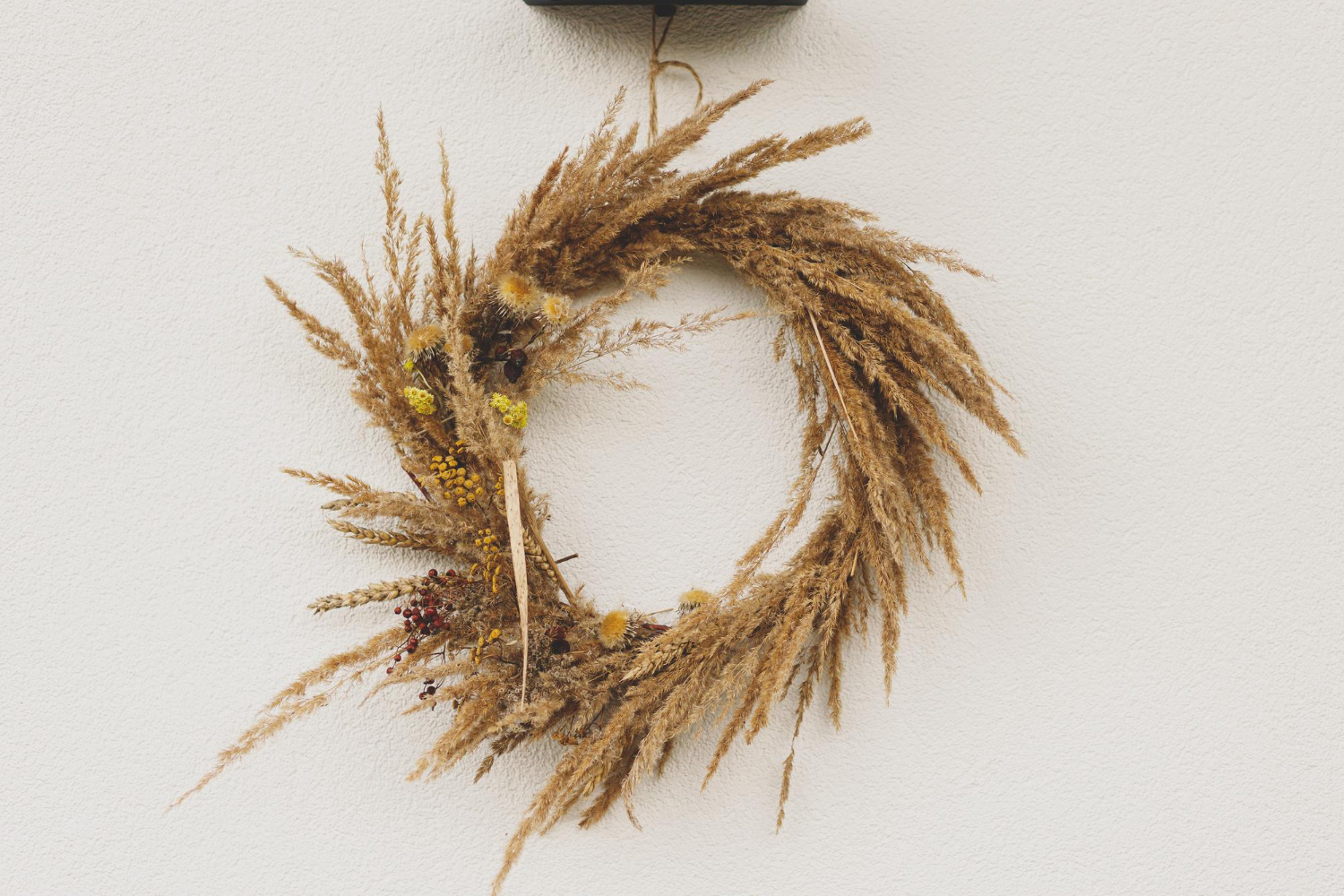Miniature rice grain carvings in Southeast Asia are true marvels of art and craftsmanship. These small works of art, often called “grain arts” or “grain carving,” are made with precision and attention to detail on grains of rice, bringing detailed scenes and complex patterns to life.
The history of rice grain sculptures
The art of miniature rice grain carvings dates back centuries to Southeast Asia. This art form was initially practiced by farmers and fishermen to pass the time during the slow moments of their work. They used fine needles and knives to carve delicate designs onto the rice grains, resulting in astonishing creations.
Over time, these sculptures became more and more refined and gained popularity throughout the region. They have become prized decorative objects, given as gifts or used during ceremonies and festivals. Today, this art form is preserved by talented artisans who work with patience and passion to create unique pieces.
Techniques for creating rice grain sculptures
Rice grain carvings require a specialized skill set. First, the rice grains are carefully selected for their size and shape. The grains should be smooth and even, which facilitates the engraving process.
Then, artisans use fine, sharp tools such as needles, knives and scalpels to carve the designs onto the rice grains. They must be very precise in their work, because the grains are extremely fragile and one mistake can ruin the entire sculpture.
Once the designs are engraved, artisans can add color using acrylic paints or special inks. They must be very delicate in their application to avoid damaging the sculpture.
The cultural significance of rice grain carvings
Rice grain carvings are deeply rooted in Southeast Asian culture. They often represent scenes from everyday life, natural landscapes or mythical figures. These sculptures are considered good luck and are often used as talismans or amulets.
Each pattern and detail of the rice grain carvings contains a specific symbolic meaning. For example, floral designs symbolize beauty and prosperity, while animal designs represent protection and strength. These sculptures are thus loaded with deep cultural meanings and are appreciated for their aesthetic and spiritual value.
The symbiosis between traditional art and modernity
The world is constantly changing, and traditions are not spared from this incessant flow of change. While rice grain carvings in Southeast Asia have long been the preserve of traditional artists, they have also found their way into the modern world. Thanks to technology, the dissemination of information and growing curiosity for foreign cultures, this ancestral art has been able to adapt to new trends while preserving its essence.
With the advent of photography and social media, rice grain sculptures have gained international visibility. Artists can now share their work with a global audience, inspiring others to explore this art. Paradoxically, these platforms have also made it possible to introduce the importance and richness of this art to Asian youth, often more oriented towards modernity.
In an effort to merge the traditional and the modern, some artisans have incorporated contemporary motifs into their works. Thus, it is not uncommon to see grains of rice engraved with the image of characters from popular films or logos of world-famous brands. These adaptations allow this art to remain alive and relevant, making it accessible to a new generation of admirers.
But that’s not all. Technological advances have also helped artisans in the creative process. From microscopes to precision lasers, the new tools available have expanded the possibilities of this art, while respecting its origins.
The educational dimension of rice grain sculptures
If we view the world as a vast museum of artistic expressions, rice grain sculptures hold a special place as a window into the culture and history of Southeast Asia. But beyond their aesthetic beauty, these sculptures also have an educational dimension. They offer spectators an opportunity to learn and appreciate the richness of tradition and know-how.
Art schools and institutions in Southeast Asia have recognized the educational potential of this art. Workshops are regularly organized to teach young people the basic techniques of rice grain sculpture. These sessions are not just an introduction to a craft skill; they also instill patience, perseverance, and attention to detail – qualities that are beneficial in many aspects of life.
Additionally, for tourists and visitors, rice grain carvings serve as a bridge between cultures. They offer a unique perspective on the lives, beliefs and values of the people of Southeast Asia. By purchasing these works of art, they take with them not only an art object, but also a story and an experience.
Contemporary artists and their influence on rice grain sculpture
Despite its traditional and ancestral origins, the art of rice grain sculpture has not remained frozen in time. It has undergone transformations and evolutions, influenced by the presence and vision of contemporary artists from Southeast Asia. These artists brought a new dynamic and a modern interpretation to this delicate art.
The current sociocultural context, marked by rapid urbanization and the growing influence of global media, has shaped the way in which contemporary artists perceive and express this art. They introduced new themes and motifs, reflecting the challenges and realities of a changing society. Scenes of urban life, portraits of famous personalities or even abstract representations are all subjects that can now be found engraved on rice grains.
In addition to themes, these artists also explored new techniques and materials. Technological innovation has introduced more advanced engraving methods, paving the way for more complex and detailed creations. Some artists also incorporated other materials, such as gold, silver or precious stones, to enhance the beauty and value of their works.
At the same time, the notion of “performance” was introduced. Some contemporary artists have transformed the act of carving on a grain of rice into a true artistic performance, where the creative process is as important as the final result. This approach aims to raise public awareness of the patience, concentration and passion required to create such a work of art.












